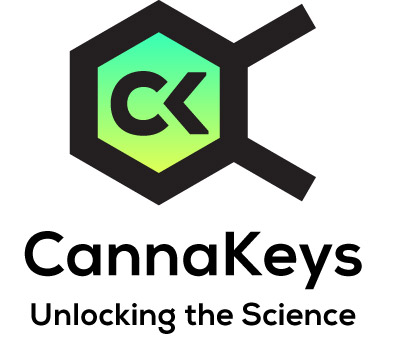Chronic pain poses a significant healthcare challenge, with the opioid epidemic underscoring the urgency to explore alternative, effective pain management strategies. As healthcare professionals, the responsibility to seek innovative solutions has never been more crucial. In this article, we delve into the transformative potential of cannabis-based treatment algorithms – a cutting-edge approach to chronic pain management that offers both efficacy and safety.
Understanding the Basics of Cannabis-based Treatment Algorithms
Treatment algorithms are evidence-based guidelines that provide a structured approach to decision-making in healthcare. In the context of chronic pain and cannabis-based therapeutics, these algorithms serve as comprehensive roadmaps, guiding healthcare professionals through the complexities of cannabinoid treatment.
To comprehend the power of cannabis-based treatment algorithms, it is essential to grasp the therapeutic potential of cannabinoids. The endocannabinoid system (ECS), a complex network of receptors in the body, plays a crucial role in regulating various physiological processes, including pain sensation. Cannabis, with its phytocannabinoids like THC and CBD, can interact with this system, offering a unique avenue for managing chronic pain.
The Role of Evidence-Based Clinical Treatment Algorithms
Healthcare professionals navigating the challenging landscape of chronic pain can find solace in evidence-based clinical treatment algorithms. These algorithms empower professionals with a systematic, data-driven approach, enhancing their decision-making capabilities and ensuring optimal patient outcomes.
Chronic pain is multifaceted, often requiring a nuanced treatment approach. Treatment algorithms for cannabinoid-based therapeutics provide a structured framework to address the unique aspects of individual patients’ pain experiences. By tailoring treatments based on specific patient profiles, healthcare professionals can deliver more personalized and effective care.
Benefits of Cannabis-based Treatment Algorithms
One of the primary advantages of utilizing cannabis-based treatment algorithms is the ability to create tailored treatment plans for each patient. By considering factors such as the type and intensity of pain, medical history, and individual responses to cannabinoids, a patient’s preference as to what kind of cannabis experience they wish to have, healthcare professionals can optimize the therapeutic benefits while minimizing potential side effects.
Precision dosing is a key element in achieving optimal pain relief with cannabis-based treatments. Treatment algorithms guide healthcare professionals in determining the most effective dosage for each patient, helping to strike a balance between efficacy and safety. This approach reduces the risk of adverse effects, contributing to a more positive patient experience.
Long-Term Success Stories
As healthcare professionals, witnessing long-term success stories is both rewarding and motivating. Treatment algorithms based on cannabis therapeutics have demonstrated sustained positive outcomes, showcasing the transformative impact on patients’ quality of life. These success stories serve as powerful testimonials to the efficacy of this innovative approach.
Overcoming Misconceptions and Legal Hurdles
The integration of cannabis-based treatment algorithms often faces resistance due to misconceptions surrounding cannabis use. Addressing these concerns is crucial for fostering acceptance among healthcare professionals. Dispelling myths and providing accurate information can pave the way for a more informed and open-minded approach to cannabinoid-based therapeutics.
Understanding the legal status and ethical considerations associated with cannabis-based treatments is paramount. Healthcare professionals must stay abreast of local regulations and adhere to ethical guidelines. A transparent and compliant approach ensures that patients receive cannabis-based treatments within the bounds of legal and ethical frameworks.
Implementing Cannabis-based Treatment Algorithms in Practice
Integrating cannabis-based treatment algorithms into existing pain management protocols requires a systematic approach. Healthcare professionals can start by familiarizing themselves with the available algorithms and adapting them to their clinical practice. Collaborating with patients to establish realistic expectations and goals is essential for successful implementation.
A multidisciplinary approach to chronic pain management is indispensable. Healthcare professionals should collaborate with cannabis specialists, psychologists, physical therapists, and other relevant experts to provide comprehensive care. Open communication with patients is equally vital, ensuring that they actively participate in their treatment plans and feel supported throughout the process.
Summarizing the Transformative Potential
In summary, cannabis-based treatment algorithms offer a revolutionary approach to chronic pain management. With their ability to tailor treatment plans, optimize dosages, and provide long-term relief, these algorithms stand as powerful tools in the hands of healthcare professionals seeking innovative solutions.
Call to Action
As healthcare professionals, the call to action is clear – embrace and explore the evolving landscape of cannabinoid-based therapeutics. Stay informed, engage in ongoing education, and collaborate with experts in the field. By doing so, you position yourself at the forefront of a paradigm shift in pain management, ensuring better outcomes for your patients and contributing to the advancement of medical science.
This article was published by CannaKeys where evidence-based information meets the power of nature.


